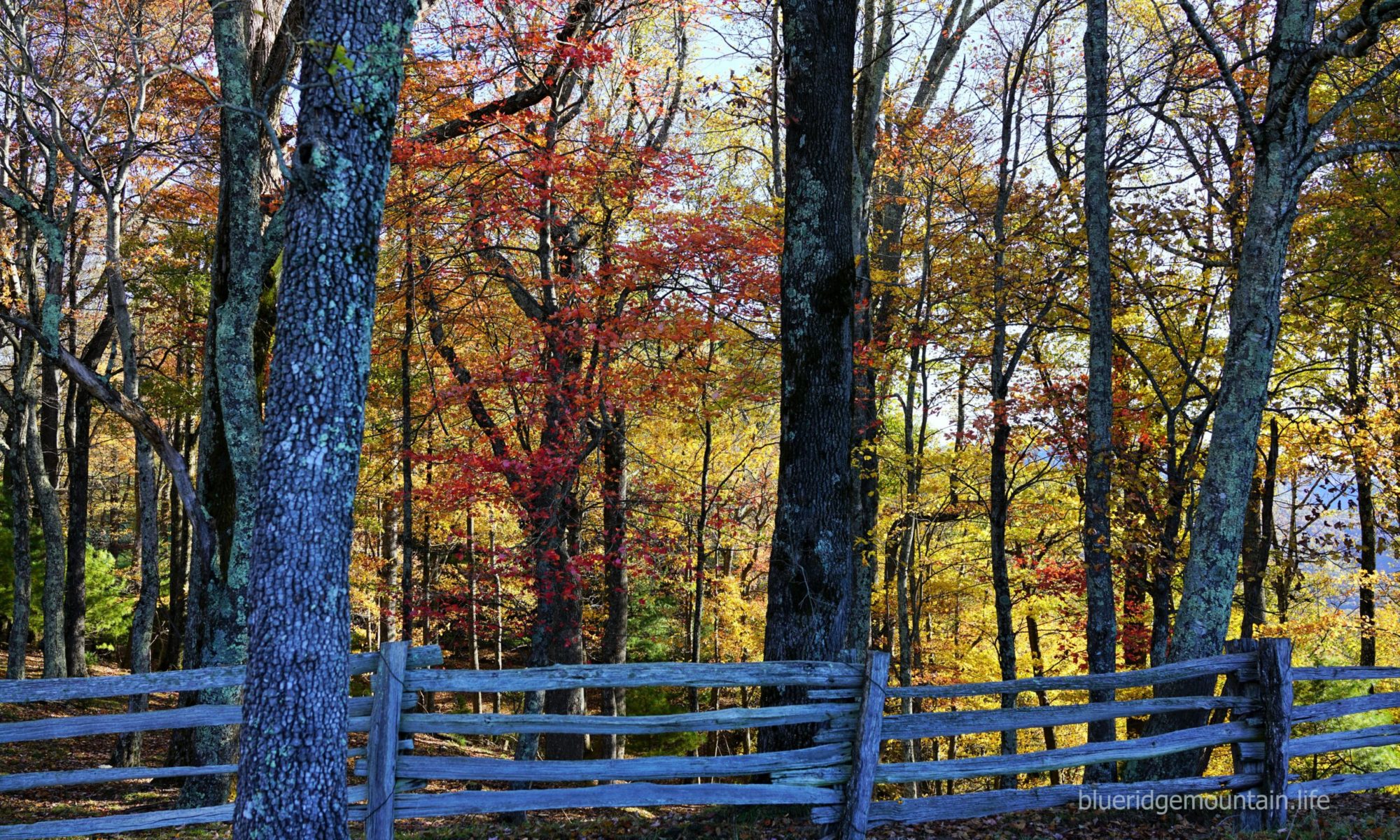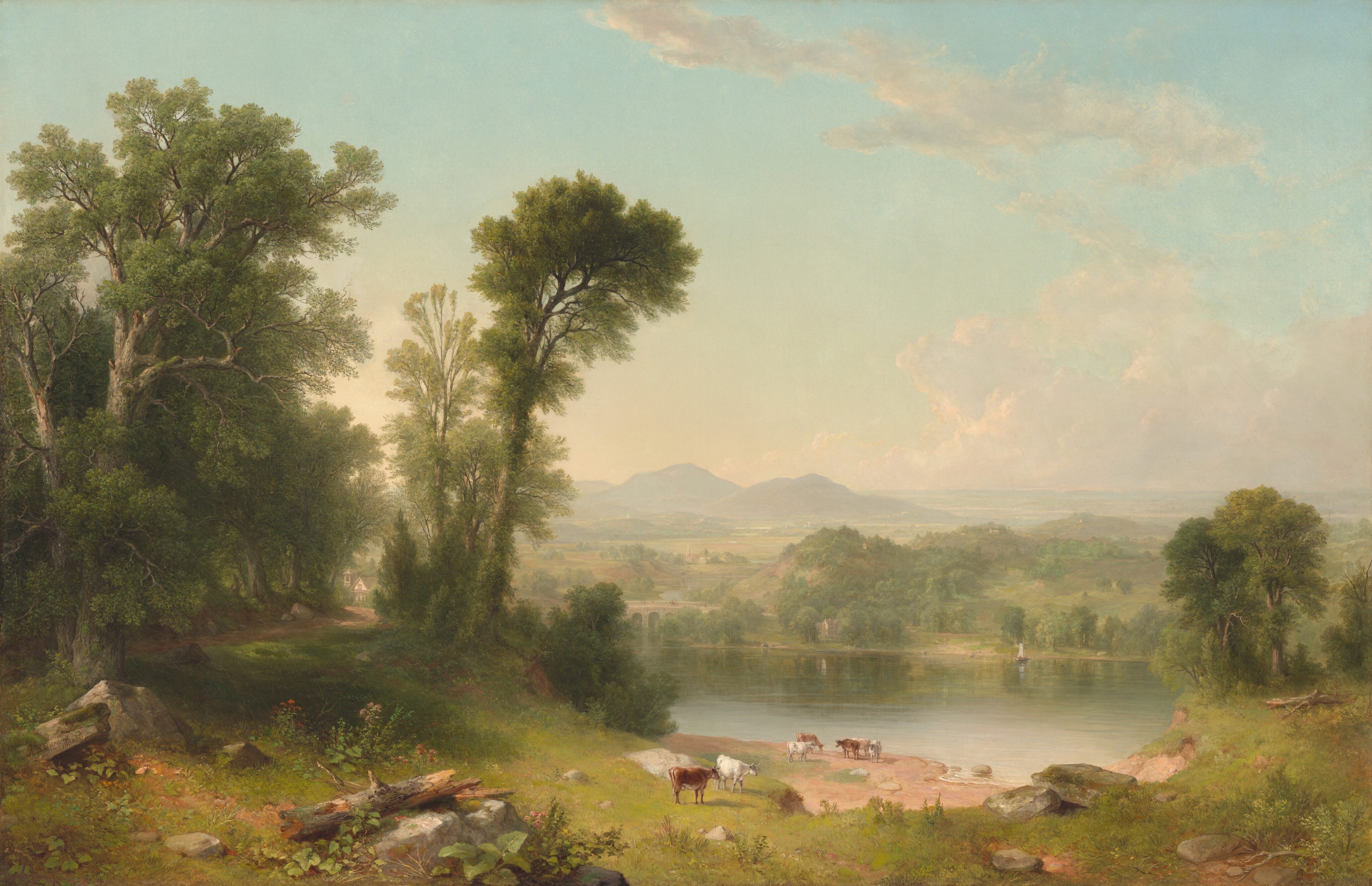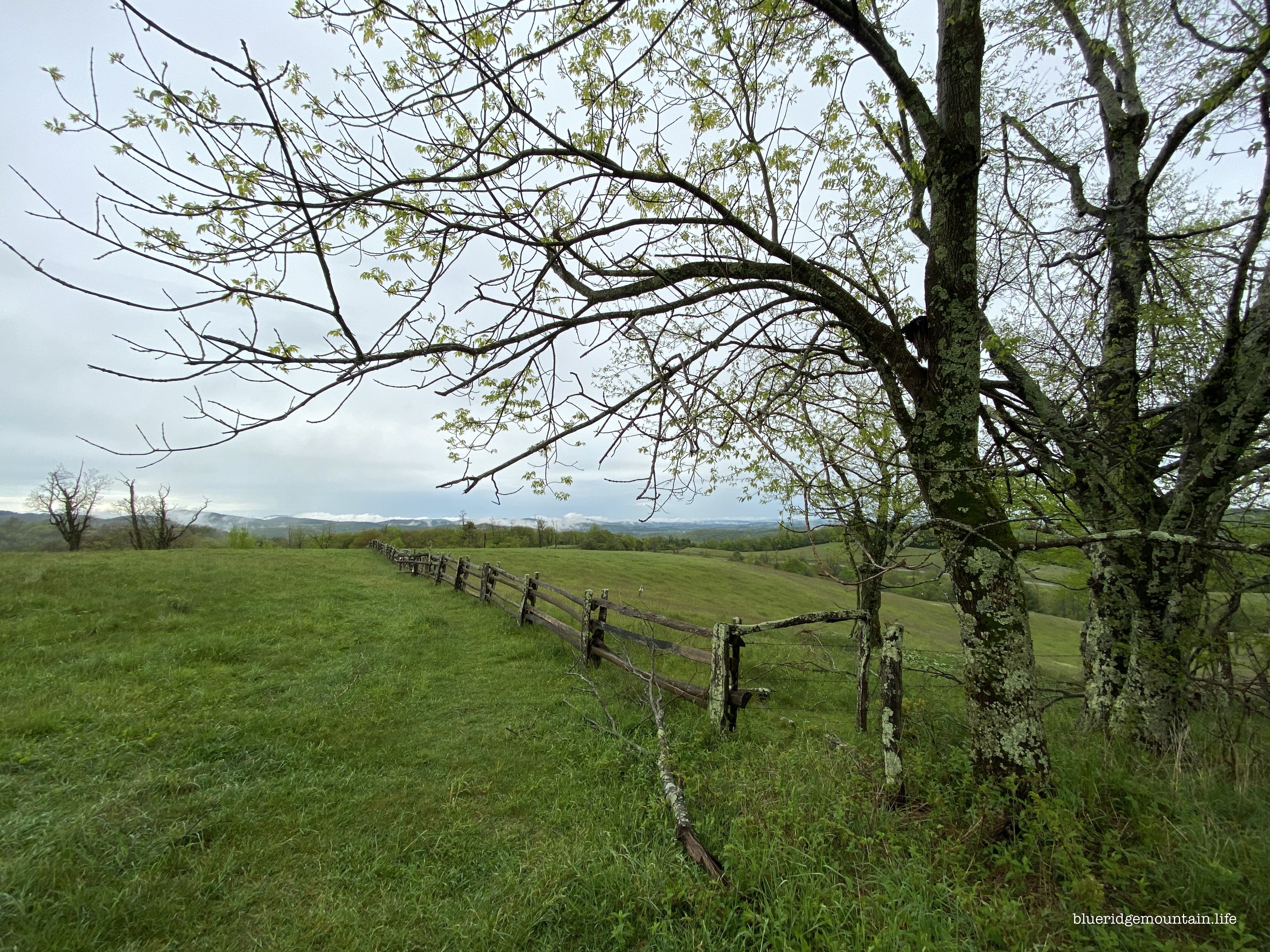And after a three year long legal fight, she won.

I blogged about Maya Forstater last week.
She just wrote an opinion piece in Newsweek. Check it out.
+++

Blue Ridge Style & Beyond
And after a three year long legal fight, she won.

I blogged about Maya Forstater last week.
She just wrote an opinion piece in Newsweek. Check it out.
+++
Another splendid essay by self-described progressive Eliza Mondegreen who witnessed from within how progressive nonprofits were seized by the ideological frenzy of a rising cohort of junior staffers deeply invested in a pseudo-politics of identitarian deference and grievance that seized the white collar workplace in the 2010’s.
When trans activists wrapped their cause in the language of civil rights, they sought to exempt themselves from scrutiny and debate. It’s hard to imagine a more effective way to shut down inquiry among self-identified progressives and progressive organizations. Anyone who resisted or even asked basic questions risked being cast in the background of this image:

Even the most apologetically stated concerns or reservations—about males in women’s prisons, women’s sports, and women’s refuges, about the effects of overwriting sex in the law—were instantly dismissed as the bigoted ravings of a privileged mob. The real conflict between sex-based rights and demands couched in an inner sense of gender identity got buried. Trans activists taunted progressives: who wants to end up on the wrong side of history? ------ A strange sort of arms race kicked off, where whoever could brainstorm the most byzantine ways someone could feel marginalized or excluded by anything we wrote or said—or (decreasingly) did—won by demonstrating a superior sensitivity.
You know the drill: You should read the whole thing.
+++

By 1861, when Asher B. Durand executed this large and impressive picture, he had fully perfected his approach to landscape painting, creating idealized, expressive views of America’s wilderness based on close observations of the natural world that stand as prime examples of the Hudson River School aesthetic.
Because virtually nothing is known of Pastoral Landscape’s history prior to 1980, the painting’s original title remains the subject of speculation. But certain relevant facts can be established. First and foremost, the work is the largest, most ambitious, and most accomplished of Durand’s paintings from 1861, representing a substantial commitment of time by the artist, who was not a fast worker. Second, the scenery resembles that of the Hudson River Valley, where he spent considerable time and from which he drew inspiration for many works. Third, the painting contains several works of architecture—an Italianate villa just beyond the woods at left, an arched stone bridge, a gabled house across the water, and an English Gothic revival church in the center distance—that may or may not indicate that Durand sought to depict a specific, identifiable place. And finally, in certain respects—mostly notably, the presence of a house nestled in the woods, a church, and an arched bridge— Pastoral Landscape bears a strong resemblance to Durand’s important work of the previous year Sunday Morning (New Britain, Connecticut, New Britain Museum of American Art). Regardless of its precise identity, the painting is unmistakably one of Durand’s grandest and most successful panoramic renderings of an idealized American landscape.
Courtesy of the National Gallery of Art

+++